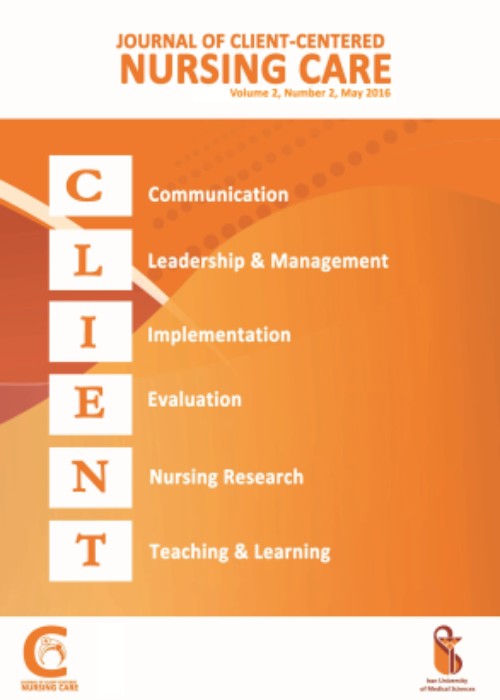Evaluation of the Quality of Life among the Patients Undergoing Coronary Artery Bypass Grafting
Author(s):
Abstract:
Background
The coronary artery bypass grafting (CABG) is performed to completely or partially relieve the symptoms of coronary heart disease (CHD). One of the most important goals of this operation is the improvement of quality of life (QoL). The data obtained on healthrelated quality of life (HRQoL) represents the functional limitations and the alleviation of symptoms among patients. Many factors influence HRQoL, including age at the time of surgery, left ventricular condition, record of heart stroke, type and the number of grafts, and so on. The purpose of the study was to examine the HRQoL and its related factors after CABG among the patients referring to selected therapeutic-educational centers of Tehran University of Medical Sciences.Methods
Cross sectional and descriptive-correlation on 140 patient by using the purposive sampling method, who had undergone CABG in the last 4 months, participated in this research. The 36-item short-form (SF-36) questionnaire was used in this study to evaluate the disease and its related factors. The data have been collected through a reliable and valid questionnaire of life quality related to health (SF-36) then were analyzed using SPSS.11.5 and descriptive statistics and paired t-test, one wayANOVA test and Pearson correlation were use as well.Results
The findings indicated that age (P=0.000), body mass indexBMI (P=0.000), economic status (P=0.000), employment (P=0.012, P=0.016, P=0.007 on total, Physical Component Scale (PCS) and Mental Component Scale (MCS) respectively), prior myocardial infarctionmyocardial infarction (MI) (P=0.000), suffering from chronic disease (P=0.000), New York Heart Association (NYHA) (P=0.000) and Ejection Fraction (EF) (P=0.012, P=0.016, P=0.007 on PCS, MCS, respectively) had significant effect on the physical and the psychological dimensions and the total QoL. Besides, gender had a significant effect on QoL with regard to the psychological dimension (P=0.015), andall of them were related Quality Of Life (QoL) regarding the physical dimension (P=0.23). Finally, educational level had a significant effect on QoL with regard to the physical dimension (P=0.31).Conclusion
The findings indicated that the aforementioned factors relate patients’ QOL, which should draw the attention of the health system.Keywords:
Language:
English
Published:
Journal of Client-Centered Nursing Care, Volume:1 Issue: 3, Summer 2015
Pages:
151 to 157
magiran.com/p1500830
دانلود و مطالعه متن این مقاله با یکی از روشهای زیر امکان پذیر است:
اشتراک شخصی
با عضویت و پرداخت آنلاین حق اشتراک یکساله به مبلغ 1,390,000ريال میتوانید 70 عنوان مطلب دانلود کنید!
اشتراک سازمانی
به کتابخانه دانشگاه یا محل کار خود پیشنهاد کنید تا اشتراک سازمانی این پایگاه را برای دسترسی نامحدود همه کاربران به متن مطالب تهیه نمایند!
توجه!
- حق عضویت دریافتی صرف حمایت از نشریات عضو و نگهداری، تکمیل و توسعه مگیران میشود.
- پرداخت حق اشتراک و دانلود مقالات اجازه بازنشر آن در سایر رسانههای چاپی و دیجیتال را به کاربر نمیدهد.
In order to view content subscription is required
Personal subscription
Subscribe magiran.com for 70 € euros via PayPal and download 70 articles during a year.
Organization subscription
Please contact us to subscribe your university or library for unlimited access!


